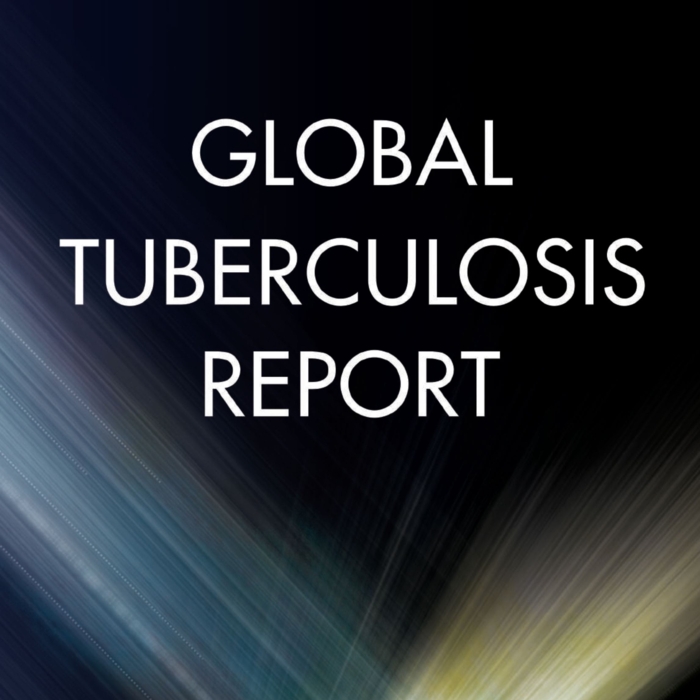The WHO has published a global TB report every year since 1997. The report aims to provide a comprehensive and up-to-date assessment of the status of the TB epidemic and progress in the response at global, regional and national levels, in the context of global commitments, strategies and targets. The 2022 edition of the report is, as usual, based primarily on data gathered by WHO from national ministries of health in annual rounds of data collection. In 2022, 202 countries and territories with more than 99% of the world’s population and TB cases reported data.
Following the launch of a new more web-centric format last year, this year’s report has been produced in a format that is optimized for web or app-based access. As such, the 2022 edition consists of a short main report and a digital report, including seven thematic chapters:
- COVID-19 and TB
- TB disease burden
- TB diagnosis and treatment
- TB prevention
- TB financing
- UHC and TB determinants
- TB research and innovation
Global TB reports from previous years can be found here.
The COVID-19 pandemic has reversed years of progress made in the fight to end TB
According to the 2022 report, the COVID-19 pandemic continues to have a damaging impact on access to TB diagnosis and treatment and the burden of TB disease. Progress made in the years up to 2019 has slowed, stalled or reversed, and global TB targets are off track.
The most obvious and immediate impact was a large global drop in the reported number of people newly diagnosed with TB. From a peak of 7.1 million in 2019, this fell to 5.8 million in 2020 (–18%), back to the level last seen in 2012. In 2021, there was a partial recovery, to 6.4 million (the level of 2016–2017).
Reductions in the reported number of people diagnosed with TB suggest that the number of people with undiagnosed and untreated TB has grown, resulting first in an increased number of TB deaths and more community transmission of infection and then, with some lag-time, increased numbers of people developing TB. The report makes a call for intensified efforts backed by increased funding to mitigate and reverse the negative impacts of the COVID-19 pandemic on TB.

Global TB commitments, strategy and targets
In 2014, all Member States of WHO and the United Nations (UN) committed to ending the TB epidemic, through their adoption of WHO’s End TB Strategy. The strategy includes milestones (for 2020 and 2025) and targets (for 2030 and 2035) for large reductions in the TB incidence rate (new cases per 100 000 population per year), the absolute number of TB deaths, and costs faced by TB patients and their households.
Globally, the estimated number of deaths from TB increased between 2019 and 2021, reversing years of decline between 2005 and 2019. In 2021, there were an estimated total of 1.6 million deaths from TB among HIV-negative and HIV-positive people. This was up from an estimated 1.5 million TB-related deaths in 2020 and 1.4 million in 2019, and back to the level of 2017. The net reduction from 2015 to 2021 was 5.9%, about one-sixth of the way to the first milestone of the WHO End TB Strategy.
An estimated 10.6 million people fell ill with TB in 2021, an increase of 4.5% from 10.1 million in 2020. The net reduction from 2015 to 2021 was 10%, only halfway to the first milestone of the End TB Strategy.
Positive findings and success stories
Despite the world being off-track to reaching the End TB Strategy targets, the 2022 edition of the WHO Global TB report features some positive findings and stories.
Globally, the success rate for people treated for TB in 2020 was 86%, the same level as in 2019, suggesting that the quality of care was maintained in the first year of the COVID-19 pandemic. Furthermore, the global number of people provided with TB preventive treatment recovered in 2021, to close to 2019 levels, and the global target for provision of treatment to people living with HIV was surpassed.The digital report also includes feature stories covering a series of promising initiatives, such as TB-related innovations during the COVID-19 pandemic and efforts to ensure meaningful engagement of civil society, communities and people affected by TB.
LINQ’s commitment to combating TB
TB research and innovation is essential to achieve the global TB targets of the End TB Strategy.
The fight against TB is close to our hearts at LINQ. Six projects in our portfolio focus on the disease, TriageTB, ENDxTB, PredictTB, StatinTB, TB-CAPT and CoreNB. By supporting these projects in different capacities, we aim to make our small contribution to making a dent in the TB epidemic.


